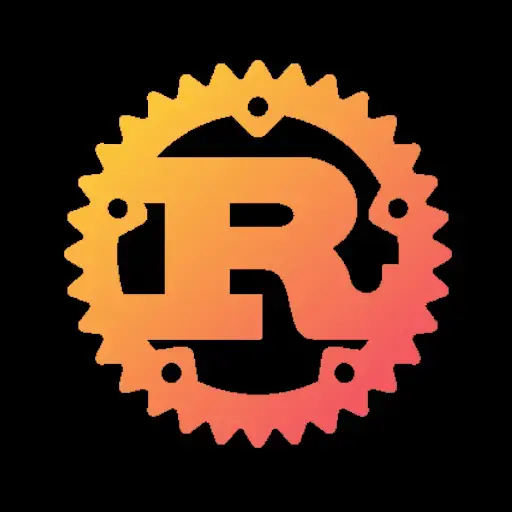Basically, you can generalize your trait types into their parent (super) traits for situations when functionality is specific to those supertrait objects.
As an example, if you have a trait CanBark and it is a super trait for the trait IsDog, you can coerce your references of &dyn IsDog into a &dyn CanBark. You can then work with other trait types that share a super trait.
trait CanBark {
fn bark(&self);
}
trait IsSeal: CanBark { }
trait IsDog: CanBark { }
fn bark_as_group(barkers: &Vec<&dyn CanBark>) {
for barker in barkers {
barker.bark();
}
}
let spot: &dyn IsDog = get_spot();
let seal: &dyn IsSeal = get_seal();
let barkers: Vec<&dyn CanBark> = Vec::new();
barkers.push(spot); // coerced
barkers.push(seal); // coerced
bark_as_group(&barkers);
At least, I hope this is possible now. If it’s purely “you can return a coerced type from a function”, that is less useful.





Exactly. The functions of the super trait are also required when implementing the child trait’s functions, as you would expect from inheritance.